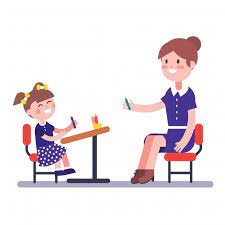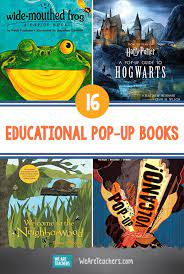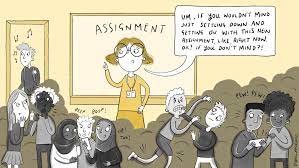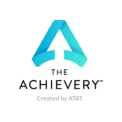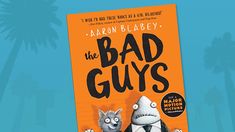Education holds tremendous power in shaping the minds and futures of our younger generation. Teachers play a pivotal role in this process, impacting students’ lives in ways that are profound and often lasting. However, with great power comes great responsibility.
As educators, it is crucial to be mindful of the words we use and the messages we convey to our students. Why? Because they trust us, and what we tell them can had a long-lasting impact on their lives. This article explores the importance of being cautious with our words and recommendations for fostering a nurturing, safe, and supportive learning environment.
The Impact of Words on Students
Children are impressionable by nature. They absorb information around them, internalize ideas of right and wrong, good and bad. Teachers’ words can have an incredible impact on students’ self-image and beliefs. When children get exposed to positive feedback and messages from their teachers, they can flourish, develop self-confidence, and gain motivation to pursue their passions.
Conversely, negative feedback or careless comments can harm a student’s self-esteem, leading to long-term consequences such as anxiety or even depression. Thus, it is essential that educators guard their words carefully when interacting with students.
Tips for Creating a Positive Learning Environment
Here are some practical suggestions to help ensure every interaction between teacher and student is constructive:
1. Use positive affirmations: Regularly offer both verbal and non-verbal affirmations such as nods or smiles in response to student efforts.
2. Encourage critical thinking: Encourage students to formulate their thoughts independently rather than merely accepting whatever you say as the truth.
3. Avoid labels: Labels such as “smart” or “slow” can negatively impact students’ growth by creating limiting beliefs about their abilities.
4. Be aware of your biases: Every educator has unconscious biases that may inadvertently influence how they interact with students. Be conscious of these biases to minimize their impact.
5. Practice active listening: Give your full attention to students when they speak, encouraging openness and trust.
6. Watch your language: Eliminate sarcasm, put-downs, or any language that may be hurtful or inappropriate.
7. Provide constructive feedback: Offer specific, actionable suggestions on how students can improve rather than only focusing on their shortcomings
By keeping these tips in mind each day as an educator, you will create an empowering learning environment where students will not only internalize positive messages from you but discover their potential
In conclusion, it is crucial for teachers to recognize the power they hold in influencing a student’s life and growth. By being mindful of our words and actions, we can ensure we build positive, supportive educational environments where our students can learn and thrive – because they’ll believe us.
